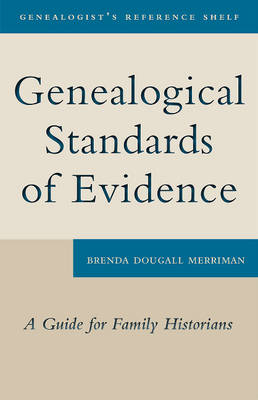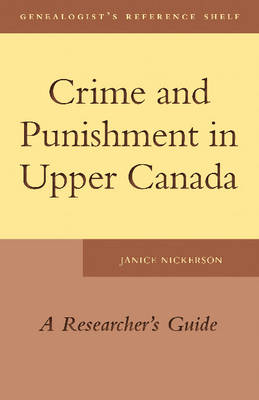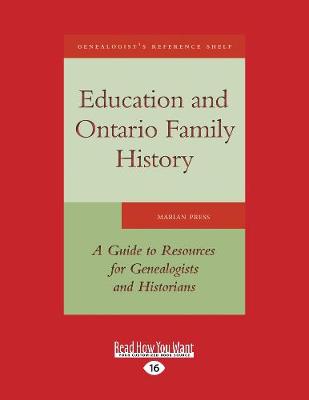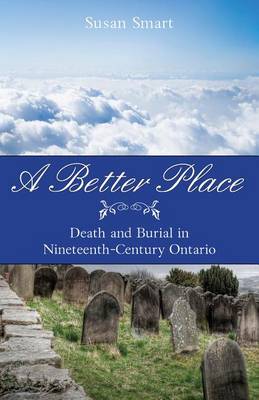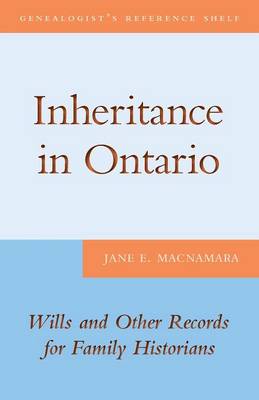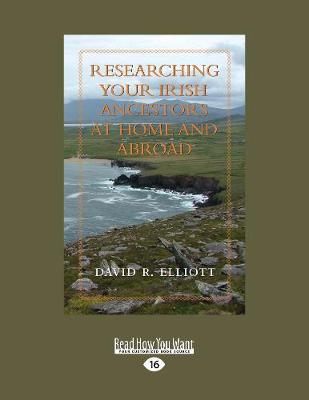Genealogist's Reference Shelf
6 primary works • 9 total works
Book 2
Book 5
Book 6
Book 9
Book 10
Book 12
Whether your ancestor left hundreds of acres of land, money, or a few modest belongings, the records created when those legacies were distributed can provide valuable clues to family connections, relationships, and just how your ancestors lived.
Inheritance in Ontario will help you determine whether your relative's will was proved in the Court of Probate, surrogate courts, or another court, and navigate the finding aids to locate surviving estate files and other complementary records at the Archives of Ontario, local courthouse or archives, or through FamilySearch.org. Not every Ontario estate was handled by a court, however, and land records, newspapers, and manuscript collections can also help you discover "who got what."
Ontario Genealogical Society 12-Book Bundle
by Jane E. MacNamara, Janice Nickerson, Althea Douglas, Dr Margaret Ann Wilkinson, Susan Yates, David R Elliott, Marian Press, Brenda Dougall Merriman, Susan Smart, and Mr Kenneth Cox
